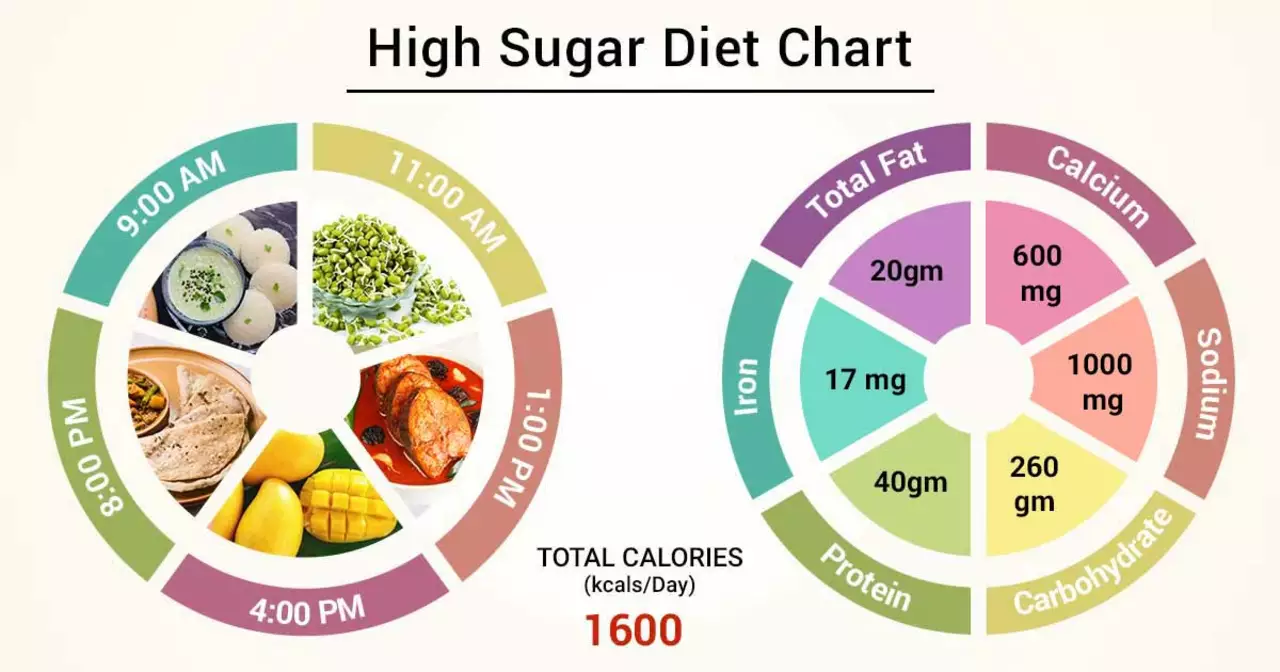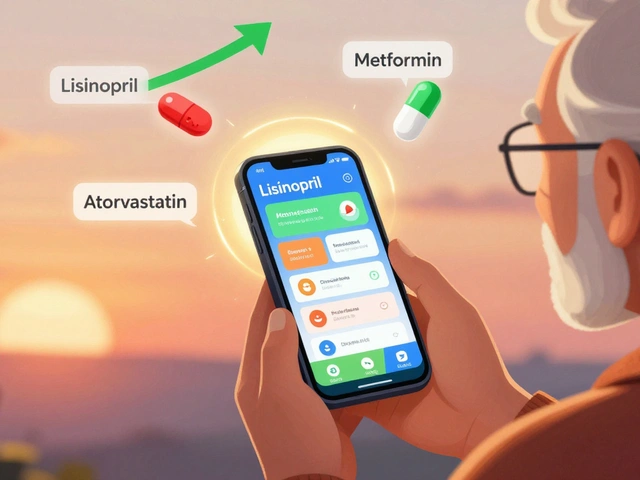What Makes a Nutrient‑Rich Supplement Worth Your Money?
If you’ve ever scanned a bottle and wondered if the vitamins inside are really helpful, you’re not alone. A nutrient‑rich supplement is simply a product that packs high‑quality vitamins, minerals, or plant extracts in doses your body can actually use. It isn’t about flashy claims; it’s about ingredients that show up in reputable studies and clear labeling.
Think of it like food: whole grains give you fiber, fruits give you vitamin C, and a good supplement should deliver similar value in a pill or powder form. The key is purity, bioavailability (how well your body absorbs the nutrients), and a balanced formula that doesn’t overload you with one thing while ignoring others.
Why Nutrient‑Rich Supplements Matter
Most people don’t get enough essential nutrients from diet alone—busy schedules, limited food variety, or health conditions can create gaps. A well‑chosen supplement can fill those gaps and support things like energy levels, immune function, and joint health.
For example, collagen type II helps cartilage, while guar gum adds soluble fiber that supports gut health. Both appear in our tag list because they deliver specific benefits backed by research. When you choose a product with proven ingredients, you’re less likely to waste money on filler or untested herbs.
Another advantage is consistency. A daily capsule ensures you get the same dose each day, which is harder to guarantee when you rely only on food. This steadiness matters for nutrients like vitamin D that need regular intake to maintain blood levels.
Tips for Picking the Right Nutrient‑Rich Supplement
1. Check the label for active amounts. Look for milligram or International Unit values rather than vague “proprietary blend” statements. You want to know exactly how much of each nutrient you’re getting.
2. Pick reputable brands. Companies that share third‑party testing results, have clear manufacturing practices, and respond to consumer questions tend to be more trustworthy.
3. Match the supplement to your goal. Need joint support? Collagen type II or glucosamine might be right. Want better blood sugar control? Guar gum adds soluble fiber that slows glucose spikes.
4. Watch for interactions. Some nutrients, like calcium, can interfere with the absorption of others such as iron. If you take multiple supplements, space them out or talk to a pharmacist.
5. Read user experiences. Real‑world feedback can reveal taste issues, pill size problems, or unexpected side effects that aren’t listed on the label.
By following these steps, you’ll cut through marketing hype and land on products that truly boost your health.
Remember, supplements are meant to complement a balanced diet, not replace it. Pair them with whole foods, stay active, and keep an eye on how you feel. If you notice more energy, better sleep, or fewer aches, that’s a good sign the supplement is doing its job.
Ready to try one? Start with a small bottle from a brand that publishes lab results, track your response for a few weeks, and adjust as needed. Your body will let you know if you’ve found a win‑win solution.






